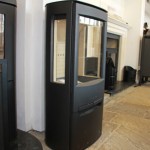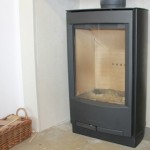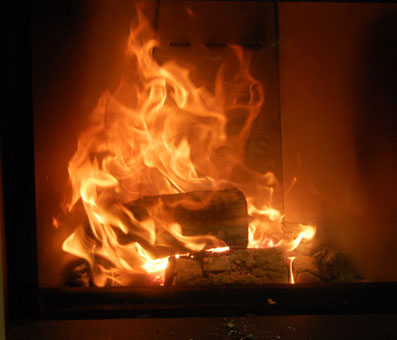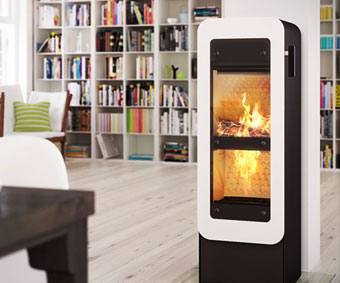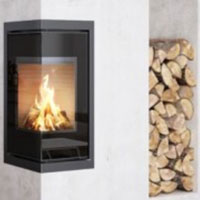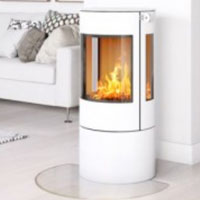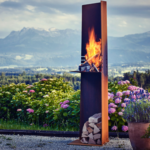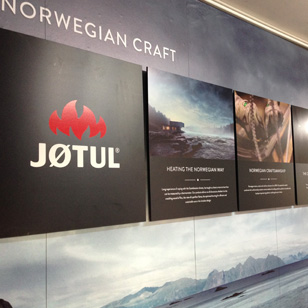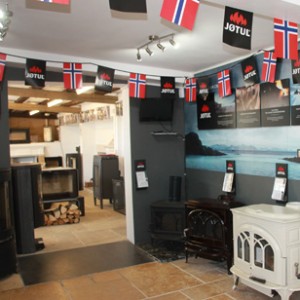Lotus Stoves
Part of the NIBE owned manufacturers, Lotus Stoves are now available through the latest addition to the group, STOVAX.
Lotus are a Danish design company creating a range of easy to operate, attractive and enviromentally friendly products. Freestanding stoves are offered alongside a small range of built-in cassette fires, all are woodburning only.
Lotus Wood Burning Stoves & Fires
The Lotus range of wood burning stoves and fires has been created in close cooperation between Architect Kaare Sølvsten, technicians and suppliers from all over the world.
They combine Danish design traditions with the best quality components. Lotus Stoves outlook is international and they strive to create simple, beautiful products, grounded in tradition yet combining the best of design, functionality and technology.
Wood burning stoves should be easy to operate, attractive and environmentally friendly. Lotus has always given top priority to quality and functionality in our design philosophy as well as in our choice of materials. Lotus stoves and fires are tested by recognised test authorities, thus guaranteeing that Lotus products will always meet the most stringent environmental requirements.
The one common theme is the high standard of design, innovation and materials used allowing them to offer a Five Year Warranty on Lotus wood burning stoves and wood burning fires.
SIA Ecodesign Ready
Lotus stoves that bear the SIA Ecodesign Ready label are compliant with forthcoming Ecodesign regulations on CO, Particulates, OGC’s and NOx emissions. Nothing comes close to the real-fire ambiance that comes from heating your home with this carbon neutral fuel source.
Smoke Control Areas
 The Clean Air Acts of 1956 and 1968 were introduced to tackle the increasing pollution derived from domestic and industry emissions. The Acts allowed the Local Authorities to control these smoke and fume emissions from industrial premises, as well as homes. The term “Smoke Control Areas” became known in many large towns and cities, and those living in these areas can only burn logs on fires and stoves which demonstrate particularly clean burning combustion.
The Clean Air Acts of 1956 and 1968 were introduced to tackle the increasing pollution derived from domestic and industry emissions. The Acts allowed the Local Authorities to control these smoke and fume emissions from industrial premises, as well as homes. The term “Smoke Control Areas” became known in many large towns and cities, and those living in these areas can only burn logs on fires and stoves which demonstrate particularly clean burning combustion.
Visit our showroom in Colney Heath to see our display:
Liva 5G
Jubilee 25 in steel
H370 cassette in black steel
H700 with magic glass (live display)

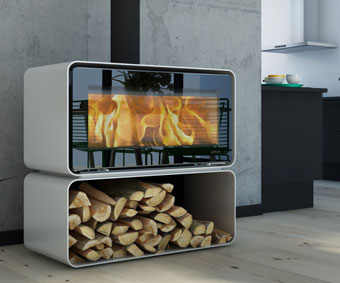


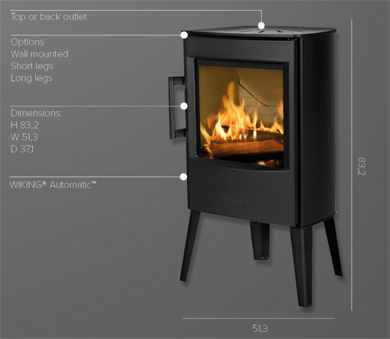 High quality affordable modern stoves from Denmark, the Wiking stoves range was developed by
High quality affordable modern stoves from Denmark, the Wiking stoves range was developed by 